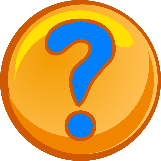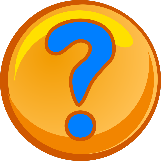Developmental Milestones and Domains
|
Topical Outline |
Colorado Standard Competencies |
|
Developmental domains and milestones (Ages 0-8)
|
Identify developmental milestones for children ages birth through age 8 years in each developmental domain Defining developmentally appropriate practices for programs serving young children |

Vocabulary Standard Competency: Explain basic early childhood and early childhood special education terminology |
| Cognitive-Language Development – Speaks to how we process information, curiosity, long/short-term memory, problem solving, critical thinking, and creativity
Milestones – Signs of development that emerge over time forming building block for growth Physical Development – Includes gross motor, fine motor, and perceptual motor development Social-Emotional Development – The relationships that children have with themselves and others Spiritual Development – Our way of connecting ourselves with others |
Introduction
This chapter examines the child as a whole or what we commonly refer to in Early Childhood Education – “the whole child.” The whole child refers to and addresses all areas or domains of the child – physical, cognitive, language, social-emotional, and spiritual. These domains of development are both collective and individual. Children have similar characteristics at different developmental ages, but they also are individuals with their own “meness” that is important for us to consider when supporting all children in our early learning programs.
|
|
Reflection When you think about children, what images emerge for you? How do you see them? What are some words that you may use to identify them?
|
The Whole Child
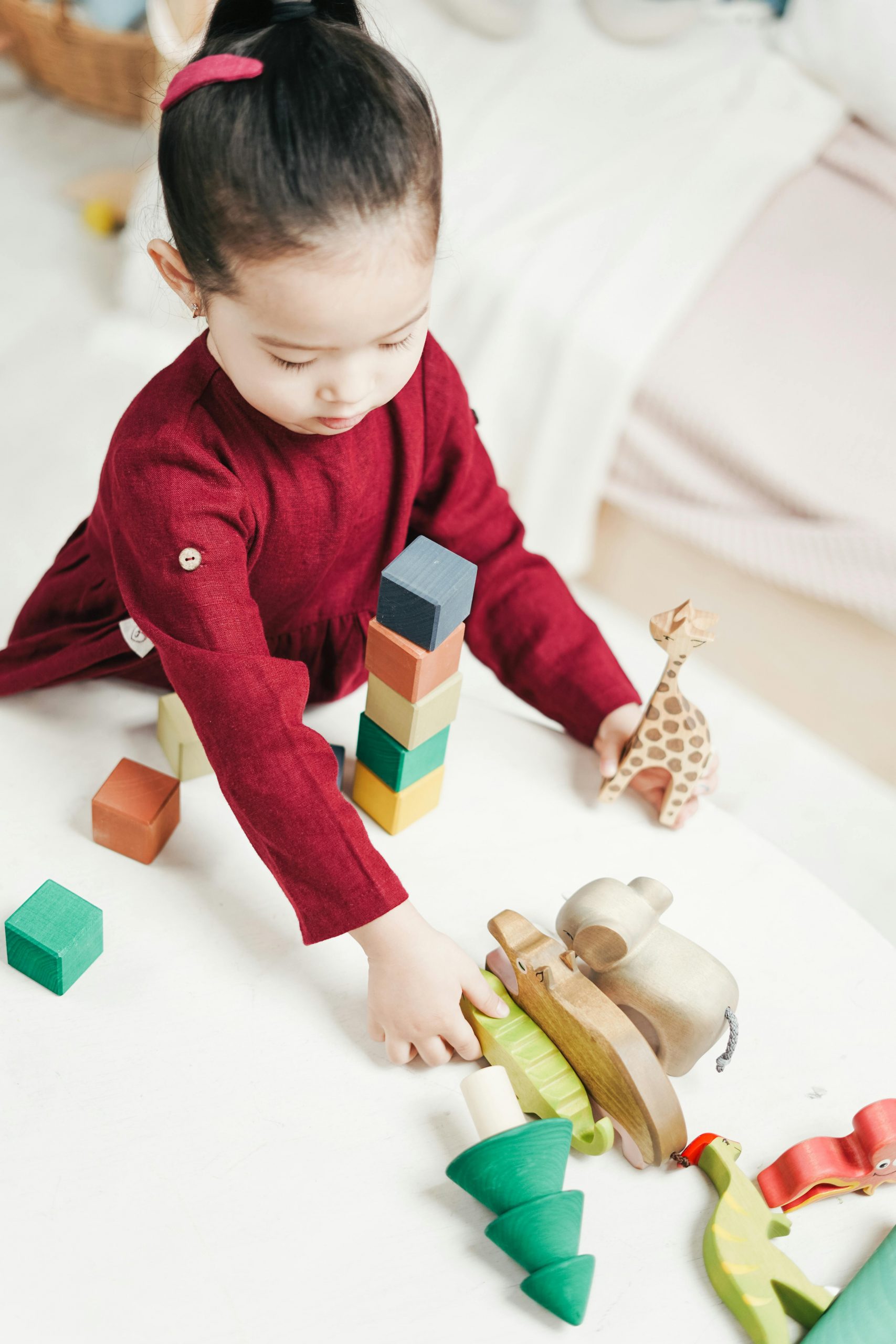
When thinking about children, what comes to your mind? Is it the way they engage with you? Is it their sense of adventure? Is it watching them try to climb a ladder? Is it trying to figure out what they may be thinking about when they have a certain look on their faces that they are not yet able to articulate? Is it their obvious curiosity and imagination? This is how we begin to think of the child as a whole, complex being. An integrated, interrelated series of parts that become the “whole.”
In the field of Early Childhood Education, we identify these areas of development as domains. These domains (areas) are as follows:
Physical Development
Physical or physical motor development includes their large or gross motor development, their fine motor development, and their perceptual-motor development. The large or gross motor development of children consists of their large motor groups – running, jumping, skipping, swinging with their arms – in other words, the muscle groups that are closer to the body. The fine motor development of children consists of the small motor groups, like writing with their hands, squishing sand in-between their toes – muscle groups that are further away from the body. The last area of physical development is the perceptual-motor – their ability to catch a ball, to use a paintbrush and paint to create something from their memory – in other words, it refers to a child’s developing ability to interact with their environment by combining the use of the senses and motor skills.
The first few years of life is dedicated to the heightened development of these skills. In the first year of life, they go from barely being able to hold their head up to walking upright. As many of you taking this course have varied experiences with children, this may be a refresher, but for some of you, this may be new information. It is crucial to the development of children, that they have many opportunities to use their bodies as their body is developing new pathways for success. In an early learning environment serving children from 0 – 5, there should be ample space and materials for children to explore and practice their emerging physical skills. This includes allowing them to take risks with their bodies allowing them to explore the possibilities. These risks afford children opportunities to feel that they are capable as well as gives them a sense of agency.
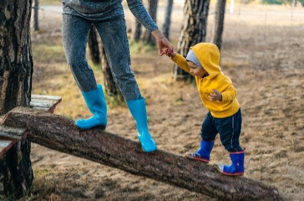
Cognitive-Language Development
Cognitive or brain development speaks to how we process information, our curiosity/imagination, long and short-term memory, problem-solving, critical thinking, language both receptive and expressive, beginning reading, computing skills, creativity, etc. In other words, this is how our brain develops to help us to think about and understand the world around us.
We often place much emphasis on this area of development to the determent of the other areas of development. They all work in concert. When thinking about developing the “whole child” we need to be mindful of providing experiences that promote all of their development, not just their cognitive development.
As with the other areas/domains of development, the first 5 years of life are important in establishing the foundation for learning. This includes providing lots of rich experiences for exploration, curiosity, imagination, use of materials and equipment (that also fosters physical development), opportunities for talking (even with pre-verbal babies), etc.
Social-Emotional Development
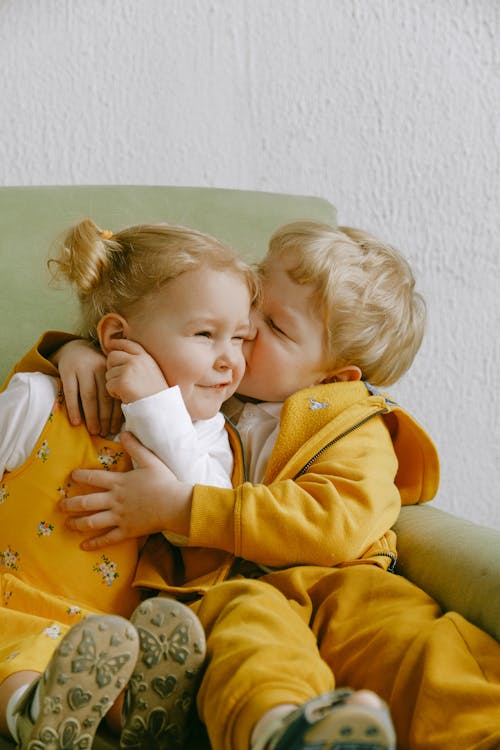
Social-emotional development is the relationship that children have with themselves and others, the way they feel about themselves or their self-concept, the way they value themselves or their self-esteem, and the ability to express their feelings to themselves and others.
One of the important dispositions of being an early childhood professional is supporting children’s well-being. It is both a moral and ethical responsibility. By nature, children are trusting and look to the adults in their world to provide them with the necessary skills to be successful in their life’s journey. We can either elevate or diminish a child.
Spiritual Development
Spiritual development, or considering the “spirit” of the child, is something that is a more recent addition to thinking about “whole child” development. In a recent article entitled Supporting Spiritual Development in the Early Childhood Classroom by Amelia Richardson Dress, she cites emerging research that indicates the importance of considering this element of a child. “Spirit is the thing that makes us. Spirituality is the way we connect our ‘inner us’ to everything else, including other people’s inner ‘usness’. Our spiritual development is a part of our social-emotional development; however, we find it important to call this out specifically to guide our practice of supporting and elevating children’s uniqueness. Curriculum that is based on children’s interests, engages their curiosity, is playful, and provides trust, elevates how children see themselves as dynamic, competent human beings. Simply by providing rich, open-ended materials and encouraging their natural desire to ask questions, we support a child’s sense of wonder.
Developmental Ages and Stages
|
|
Reflection What do you know about the various ages and stages of child development? What interests you in working with children? Do you have a particular age group that brings you more joy? What do you know about that age group? |
Identification of the common characteristics of children at various developmental ages has been around for quite some time. Gesell conducted research to identify some of these common characteristics of each developmental age. This resulted in a series of published books that provide a comprehensive look at those developmental ages. Parents as well as early childhood professionals have found these helpful to understand how to relate to and interact with children as we socialize and educate them in our homes and our schools
Other theories have used these to define how to interact with children, what to expect from children, and how a child’s brain develops. For early childhood professionals, theories help us to set up our curriculum, our environments, our expectations, and build meaningful and engaging relationships with children to support the “whole child.”
The following accordion drop-down charts provide an overview of these developmental ages and stages (aka milestones). It is important to note that using these age-level charts require discretion. While they help to define “typical” development, children also are unique in their developmental progress. We use them as guidelines to help inform our practice with young children.
We must always remember:
- The milestones give us a deeper understanding of the age group as a whole
- That each child, within that developmental age group, is a unique individual
- That children exhibit a range of developmental norms over time
- To resist the tendency to categorize or stereotype children
- To observe each child and assess where they are developmentally
- That each child goes through most of the stages described, but how they do so is the individual nature of who they are
- To focus on what children can do, to build on their strengths, and to find ways to support areas that need to be more developed
- That these milestones refer to typical developing children and are not meant in any way to represent a picture of any “one” child
Note: You may notice that the following charts do not mention spiritual development as one of the domains. There is no specific age nor specific expectations of a child’s spiritual development. This development is ongoing as it is supported by the interactions the child has with the world around them.
Two Months
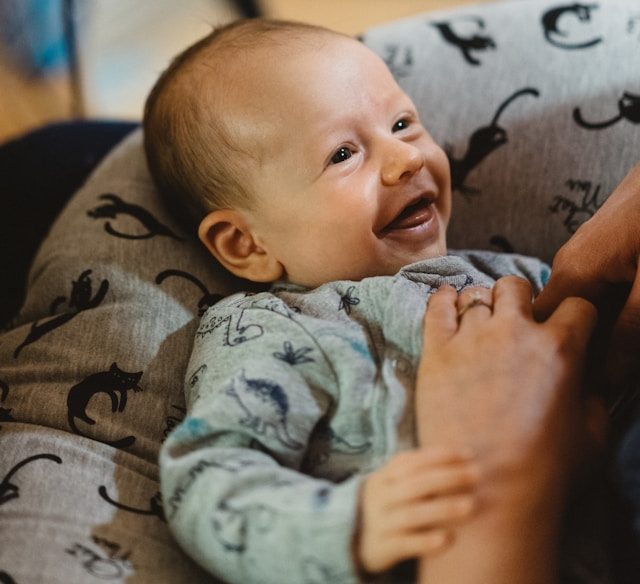
Four Months
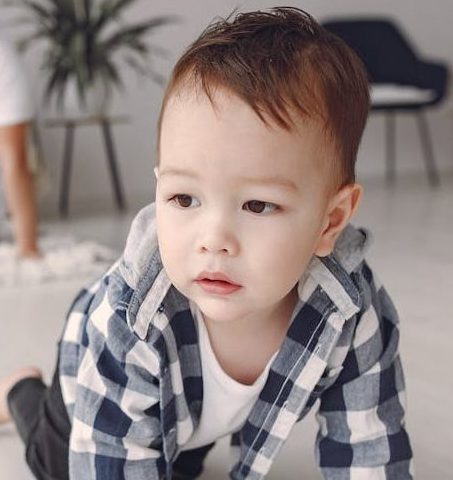
Six Months
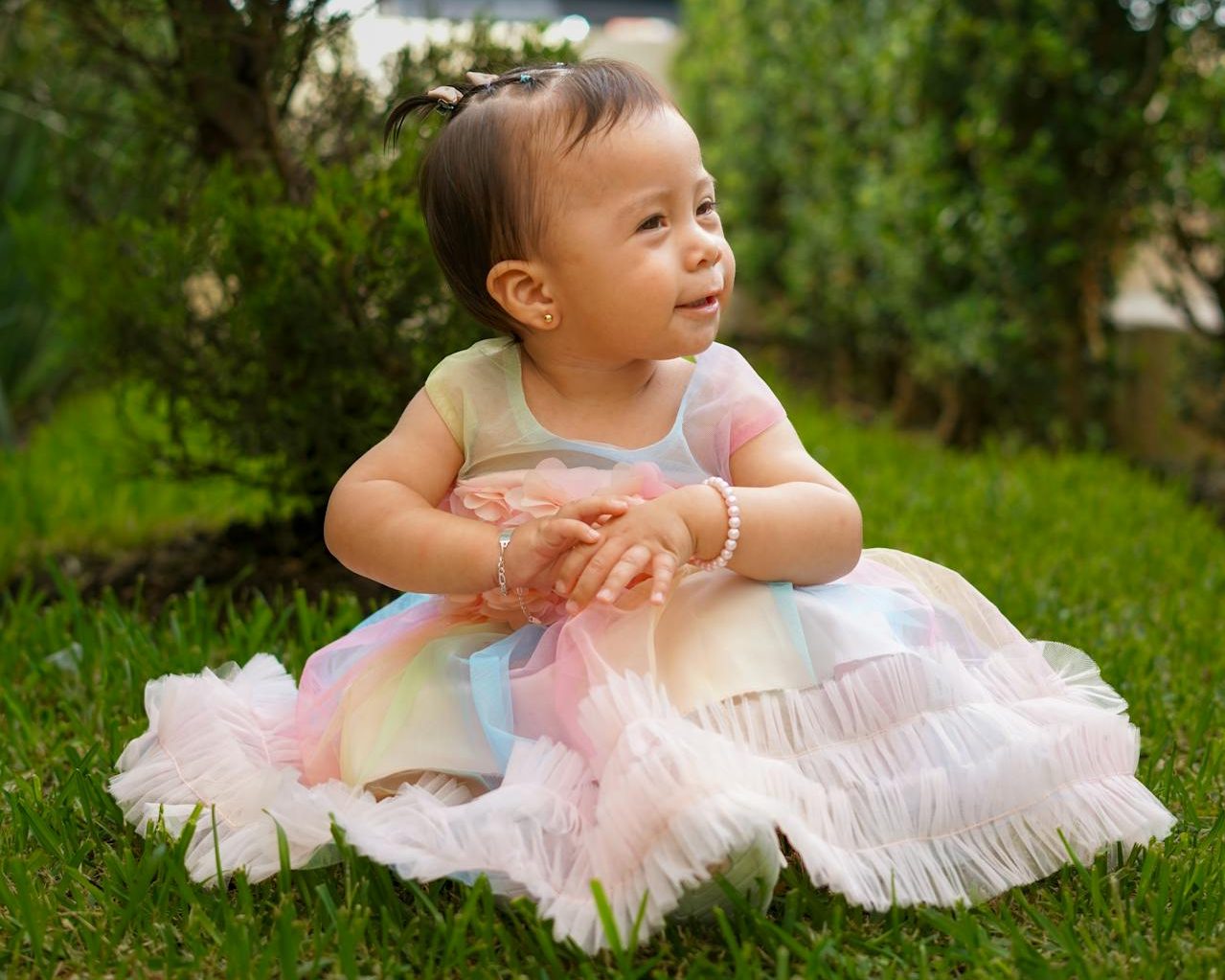
Nine Months
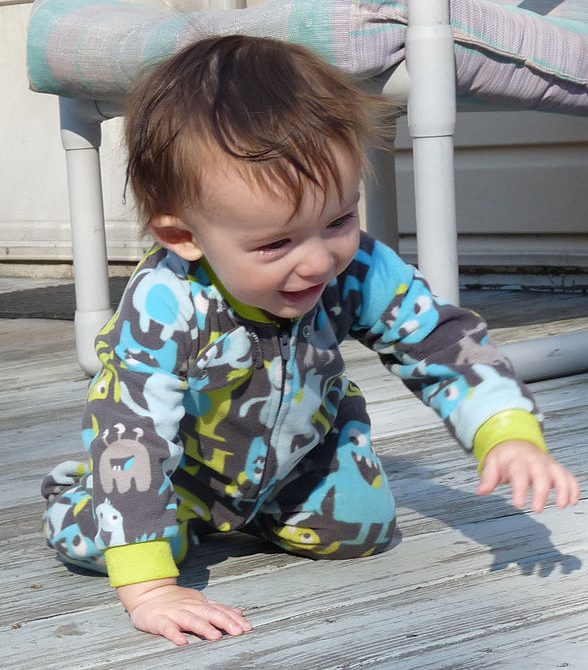
One Year
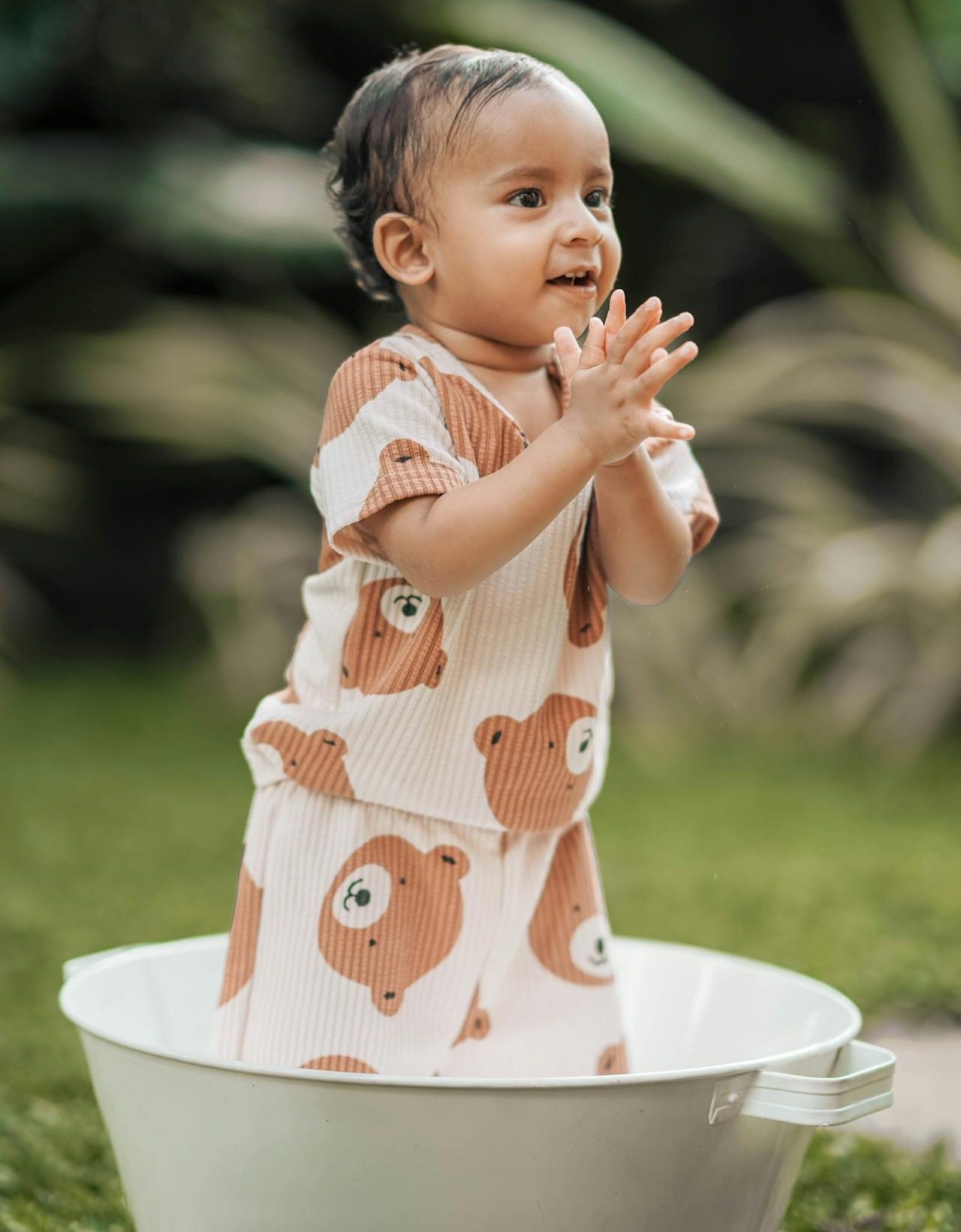
18 Months
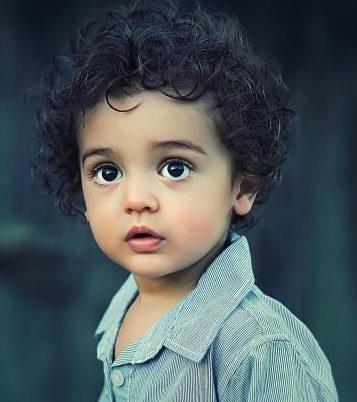
Two Years
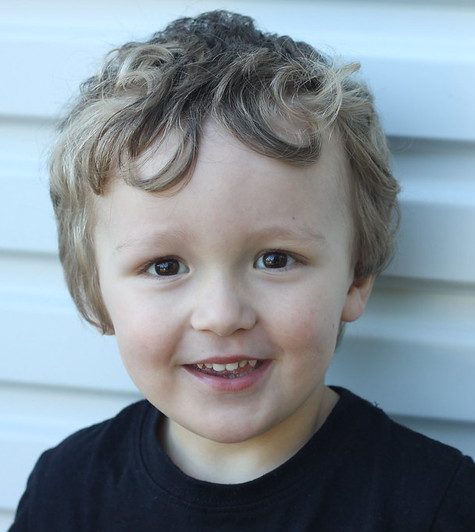
Three Years
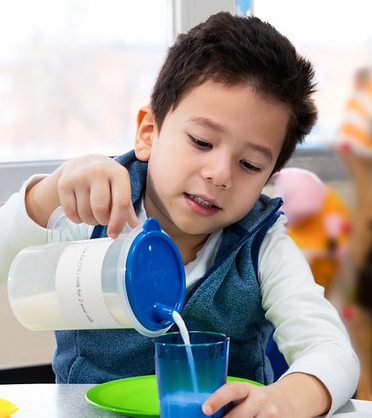
Four Years

Five Years
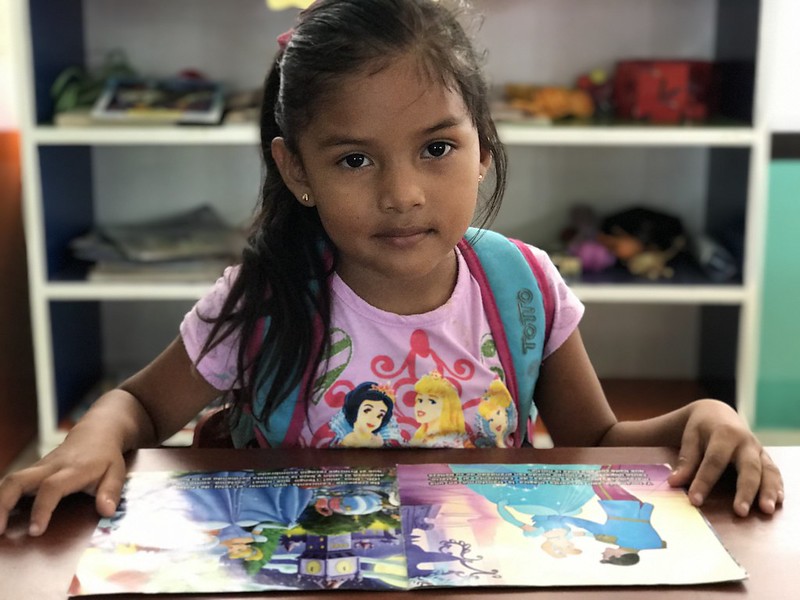
Six Years
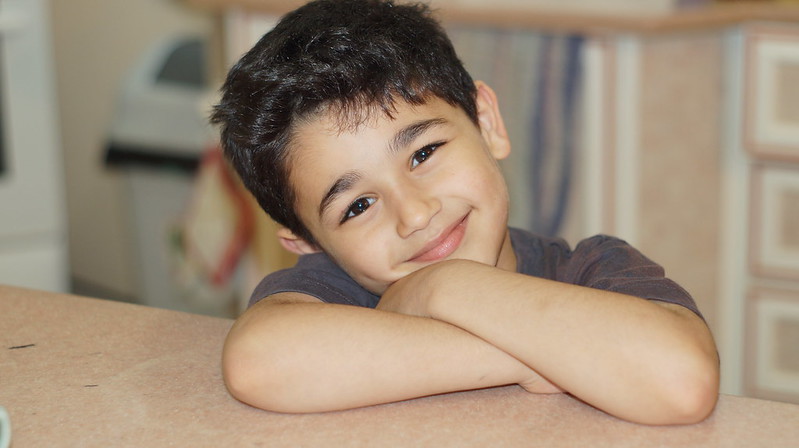
Seven Years
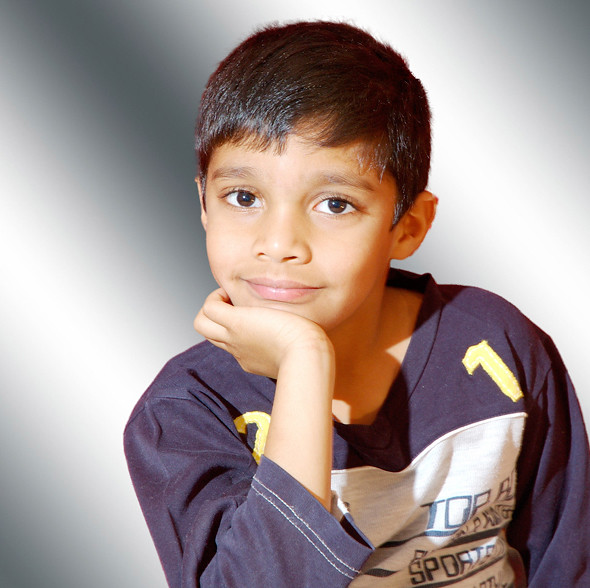
Eight Years
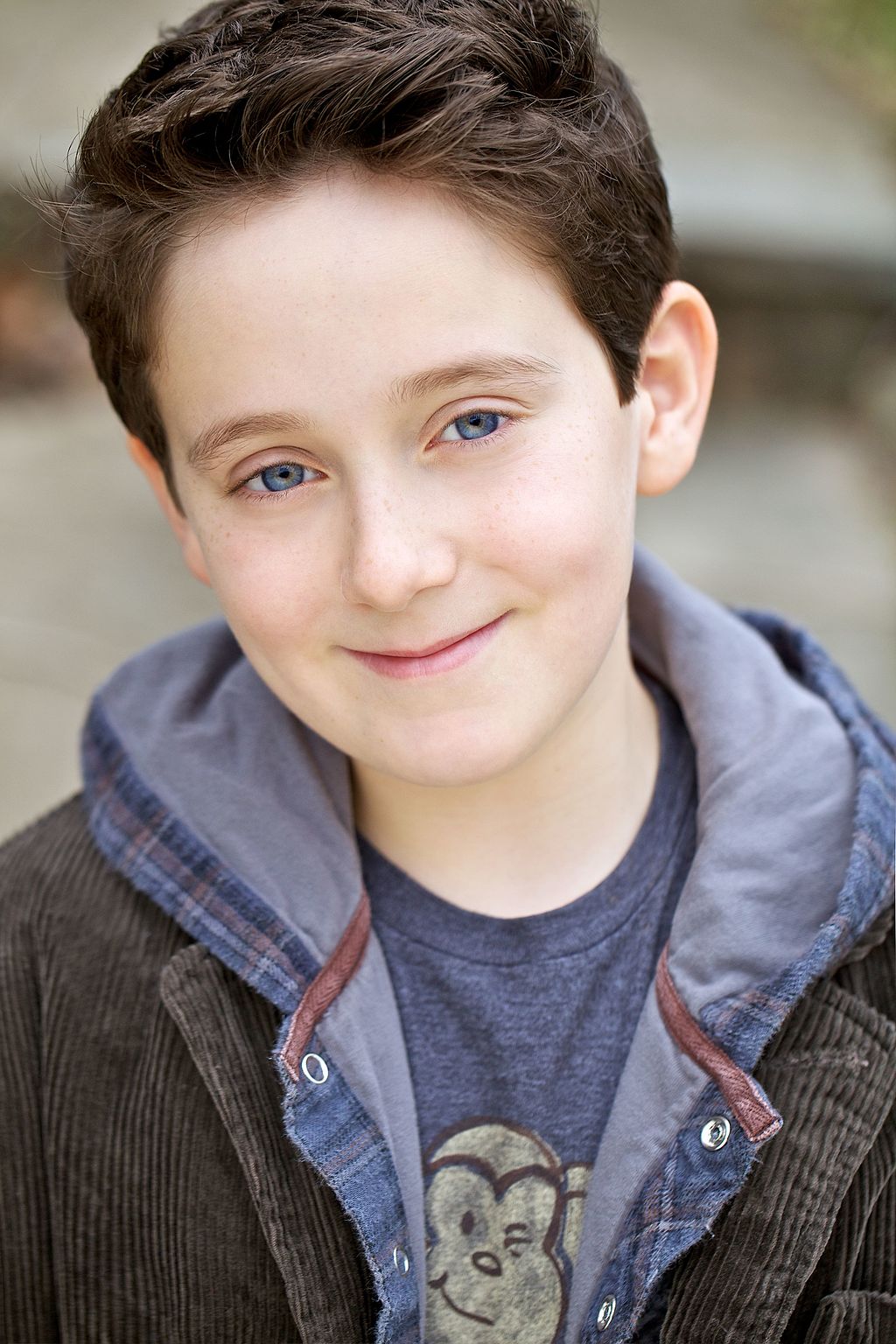
|
|
Reflection Has reading over the developmental milestones of different developmental ages changed your ideas about children? What age group may you be most interested in working with? What age group may present more challenges for you? |
Developmental Factors for Programs Serving Young Children
Here is an additional chart to provide more context. While each child develops at their own rate and in their own time and may not match every listed item, here are some general descriptions of children by age:
Factors Influencing Behaviors by Age
|
Age |
General Descriptors |
|
1-2 Years |
|
|
2-3 Years |
|
|
3-4 Years |
|
|
4-5 Years |
|
|
5-6 Years |
|
Cultural Identity Development
Culture can be defined as ideas, knowledge, behaviors, beliefs, art, values, morals, law, customs, and any other capabilities and habits acquired by particular people or society, and these are passed along from one generation to the next by the way of communication. Our cultural identity is an integrated part of our development.
Cultural identity refers to a person’s sense of belonging to a particular culture or group. This process involves learning about and accepting the traditions, heritage, language, religion, ancestry, aesthetics, thinking patterns, and social structures of a culture.
Early Childhood Professionals support the cultural identity of the children and families we serve. We do this by getting to know the child and their family. We stay away from our biases/assumptions about what we think we know about a particular race/ethnicity/religion, etc. and we seek to engage in relationships with families that honor how that family identifies their cultural identity.
Developmentally Appropriate Practices (DAP)
We have been introduced to DAP previously, however what’s important here is that identifying the developmental ages and stages of children helps us plan curriculum and learning environments that are appropriate for their developmental age and stage. As a refresher, there are three important aspects of Developmentally Appropriate Practices (DAP):
- What is known about child development and learning – referring to knowledge of age-related characteristics that permits general predictions about what experiences are likely to best promote children’s learning and development
- What is known about each child as an individual – referring to what practitioners learn about each child that has implications for how best to adapt and be responsive to that individual variation
- What is known about the social and cultural contexts in which children live – referring to the values, expectations, and behavioral and linguistic conventions that shape children’s lives at home and in their communities that practitioners must strive to understand in order to ensure that learning experiences in the program or school are meaningful, relevant, and respectful for each child and family
Behavioral Considerations
In this chapter, we look at behavioral considerations as they relate to ages and stages. In future chapters, we will address behavior as it relates to the classroom environment.
Guiding the behavior of children is another important role that early childhood professionals possess. There is a plethora of programs designed to provide parents and early childhood professionals with the skills and tools that effectively help children navigate their emotions and the behaviors that they may exhibit at different developmental ages. When we look at curriculum, there will be more extensive information on this topic. Below is a chart that provides some ideas about how to approach guidance positively.
Positive Approaches for Developmental Factors
Developmental Factors
|
Ages/Stages |
Children at this age: |
Examples of a Positive Approach to Manage Behavior |
|
Infant/Toddler |
|
Children in this stage tend to dump and run, so plan games to enhance this behavior in a positive way. Have large wide-mouth bins for children to practice “dumping items” into and out of. This strategy redirects the behavior of creating a mess into a structured activity to match the development. |
|
Older Toddler |
|
Teachers of this age often find children trying to climb up on tables, chairs, and shelves. Incorporate developmentally climbing equipment and create obstacle courses to redirect activity into positive behaviors. Avoid using the word “no” and create expressions that teach what to do instead of what not to do. |
|
Young Preschool (3-4 years) |
|
Young preschoolers become curious and create many misconceptions as they create new schemas for understanding concepts. Listen to ideas sensitively address them quickly and honestly. Model exploration and engagement in new activities – especially ones they may be fearful of engaging in. |
|
Older Preschool (4-5 years) |
|
Ask the children to create new silly, but appropriate words to represent emotions rather than focusing on the “bad” words they use. |
|
Young School Age |
|
Fairness is a big issue for this group so working with this age group, a teacher should sit with children to develop “rules” and “consequences” so they can take ownership of behavioral expectations. |
|
|
Reflection What makes the most sense to you about guiding children’s behavior? What seems confusing to you? |
Final Thoughts
It is of crucial importance that early childhood professionals understand the stages children move through at various ages. Having this knowledge allows us to set expectations, plan interactions and curriculum, set up appropriate learning environments, and share information more effectively with parents that meets the current needs of the children we work with. Once we understand these general developmental patterns, we are able to move to understanding individual children’s interests and abilities within this framework.
We will continue to build on a deeper understanding of developmental ages and stages when we learn more about curriculum, classroom environment, and partnering with families. Referring back to these stages allows us to foster experiences and interactions geared toward children’s current abilities and strengths. Through this lens, we are able to see children for what they CAN do rather than what they cannot do YET, helping them move gradually from one stage to the next when they are ready.



